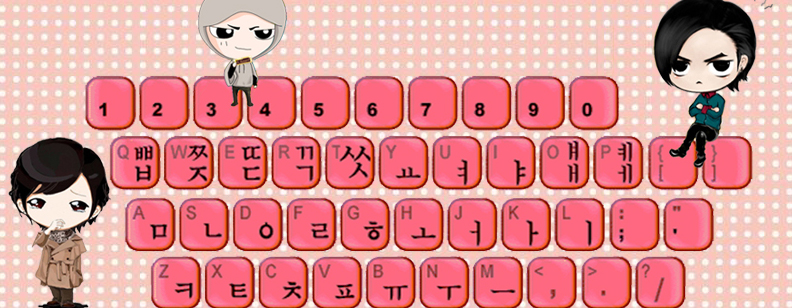For those who are not Korean Language learners, the most possible opportunity to get to Korean language is from the popular South Korean TV soaps in which we can see that Korean sounds fantastic, interesting and soft, and many formal languages are used to show respect and politeness. Here we would like to discuss some interesting facts about the Korean language.
Korean (한국어/조선말) is the official language of South Korea and North Korea as well as one of the two official languages in China’s Yanbian Korean Autonomous Prefecture. There are about 80 million Korean speakers, with large groups in various Post-Soviet states, as well as in other Diaspora populations in China, Australia, the United States, Canada, Brazil, Japan, and more recently, the Philippines. Referring to Korean, it seems too many people that it is related directly or indirectly to Chinese and Japanese, even to every other Asian language in the world. Actually, Korean is quite distinct and stands alone as a fascinating language.
The vocabulary of Korean comes from myriad sources. Similar to the Japanese and Vietnamese languages, Korean language was influenced by the Chinese language in the form of Sino-Korean words. Native Korean words account for about 35% of the Korean vocabulary, while about 60% of the Korean vocabulary consists of Sino-Korean words. The remaining 5% comes from loan words from other languages, 90% of which are from English.
As in Japanese, Korean uses words adapted from English in ways that may seem strange to native English speakers. For example, when we do English to Korean writing translation, in soccer heading (헤딩) is used as a noun meaning a ‘header’, while fighting (화이팅) is a term of encouragement like ‘come on’/’go (on)’ in English. Like the word seobiseu(서비스), which comes from the English word service, is free or ‘on the house’. A building referred to as an ‘apart’ (아파트) is an ‘apartment’ (but in fact refers to a residence more akin to a condominium) and a type of pencil that is called ‘sharp’ (샤프) is a mechanical pencil.
The official spelling of some Korean word has been evolved over the years. Such as, the spelling of “no” has been changed twice. It has gone from aniyo to anio, then back to aniyo; “Thank you” used to be “gomawayo”, now it is “gomaweoyo”; “Beautiful” was once “areumdawayo”, now it is “areumdaweoyo”.
Another interesting aspect of Korean to those who don’t know much about it is that its writing system, Hangul, isn’t an ideographic language like Chinese, but rather a phonetic one just like English, despite the superficial similarity between Korean writing and Chinese characters. Although, for centuries Korean was actually written in Chinese characters due to the heavy influence of China on the smaller country throughout history, and although Hangul was developed in the 15th Century, it was not until the 20th Century that Korea officially adopted it and made it the official writing system for Korean.
It is well known that Korean has long prided themselves on their traditional reverence for the elderly, which shows in Korean language thoroughly. The Korean culture has two features—respect for seniority and age, and quite an authoritarian style.
The relationship between a speaker or writer and his or her audience is paramount in Korean. It is very important to learn to speak the Korean language using the formal, casual formal and informal ways of saying things. Many ignore the fact that Koreans have a formal way of speaking when speaking to strangers, bosses, older people etc. a casual formal way of speaking with acquaintances etc. and an informal way of speaking with best friends, loved ones etc.
Honorifics, which are used to show respect towards the referent, are also used for people who are superior in status. As a general point of reference about the Korean language, you speak to superiors and elders in an honorific form that requires more words and can be more oblique. For example, “Yo! You want water?”; “It’s a warm day for nice refreshment, no?”
The language style of Korean is also closely related to the gender difference. Traditionally Korean women are often viewed as subservient to men, and this in turn is observed in their everyday speech patterns. Some examples of this can be seen in: a woman’s use of softer tone in order to minimize conflict or aggression; a married woman introducing herself as someone’s mother or wife, not with her own name;the presence of gender differences in titles and occupational terms (for example, a sajang is a company president and yŏsajang is a female company president.); and females sometimes using more tag questions and rising tones in statements, much like the way that young children talk.
Read Also: Korean
An interesting point is that Seoul, the South Korean capital, just means “the capital” in the Korean language
Modern Korean is written with spaces between words, a feature not found in Chinese or Japanese. Korean punctuation marks are almost identical to Western ones. Traditionally, Korean was written in columns, from top to bottom, right to left, but is now usually written in rows, from left to right, top to bottom.



